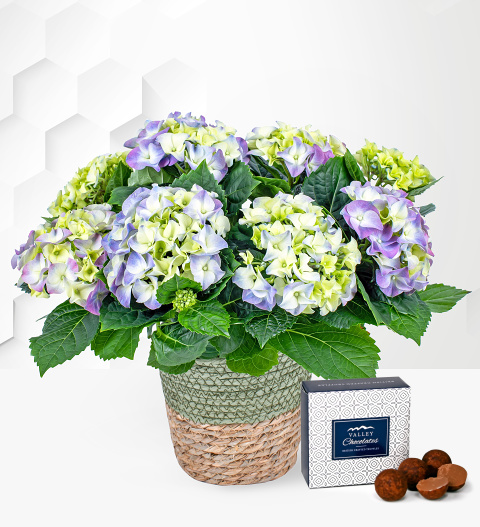
Hydrangea flowers and how they get their colour
When shopping for hydrangea flowers, you will notice that they are available in different colours. These seemingly large flowers are, in fact, made up of several smaller blooms on a single stem. They are available in white, blue, purple and pink. The question that many people have is just how these blooms get their colour. Here are the influencing factors.
Soil pH
Scientists initially believed that hydrangea flowers got their colour from the pH of the soil in which they grow. While this is true, to a certain extent, it’s not the whole truth. It’s a part of the bigger picture, so to speak, and it will have an effect but it’s not the only determining factor.
Aluminium
Along with the soil pH, hydrangea flowers also get their colour based on the aluminium content in the soil. Aluminium is more common in soil than most people realise and it is easily absorbed by plants. When the aluminium travels up the stem, it will make its way to the sepals (around the petals) and join with other compounds and elements. This combination results in a blue flower.
Pigment and co-pigment
If a pigment and co-pigment is present in the plant but it cannot absorb aluminium, the hydrangea flowers will be pink. In some cases, they produce white blooms. These are a special type of plant and they will produce white flowers regardless of the aluminium content and pH of the soil.
Combination soil
Now that you understand how hydrangea flowers get their colour, what about plants that produce more than one colour? Well, this can occur when the plant is growing in an area where two different types of soil meet. Half of the plant will produce one colour while the other half will grow another colour.
If you plan on growing hydrangea flowers in your garden, you can test the soil if you want a specific colour or, if you want white blooms, you can select the pure white variety. Even when these plants are not in bloom, you can rest assured that they will still look lush and full thanks to their abundant foliage.
